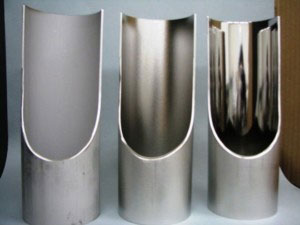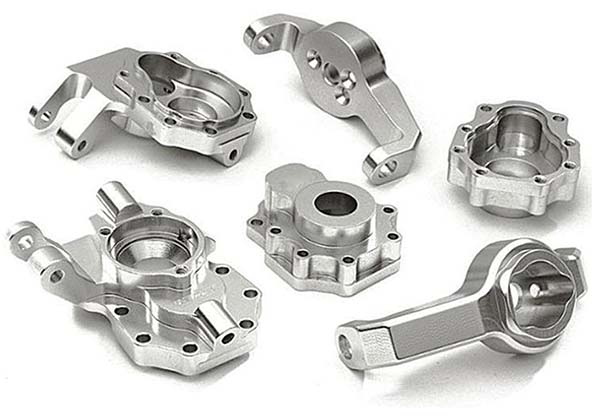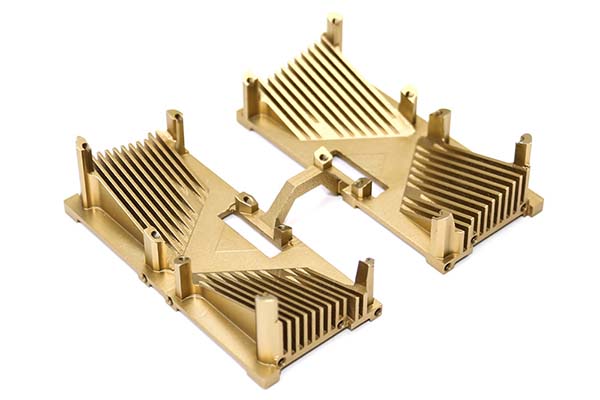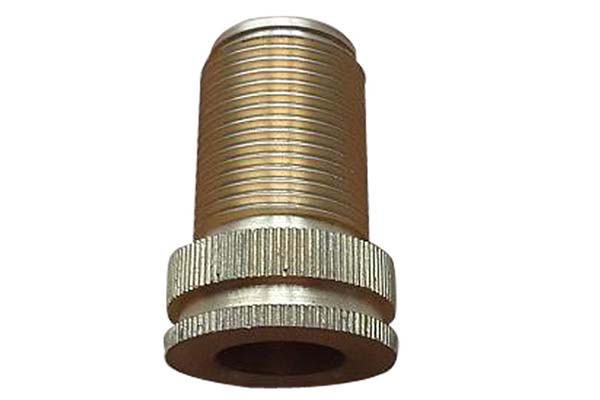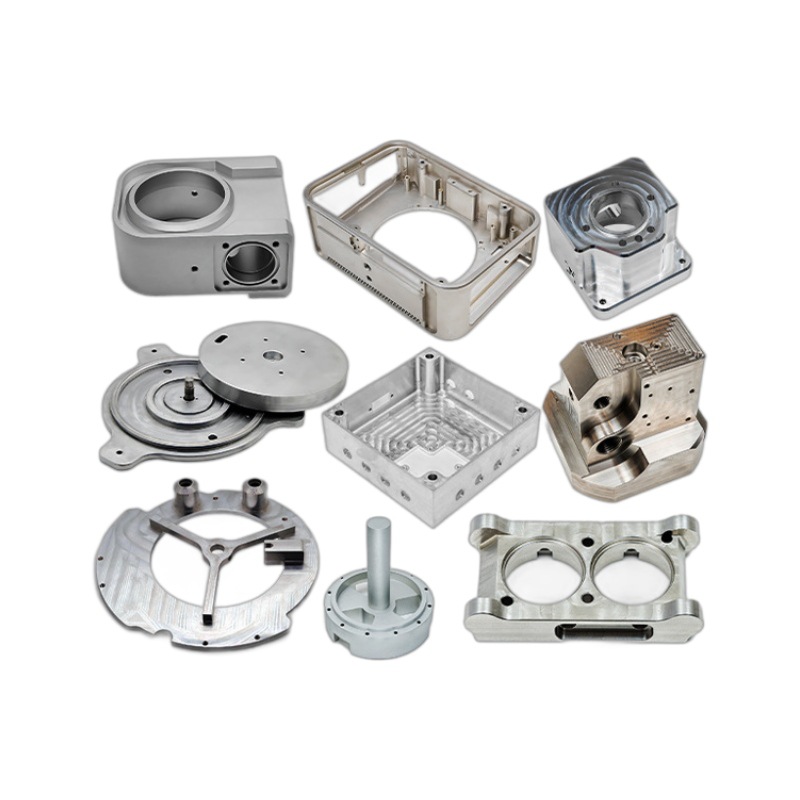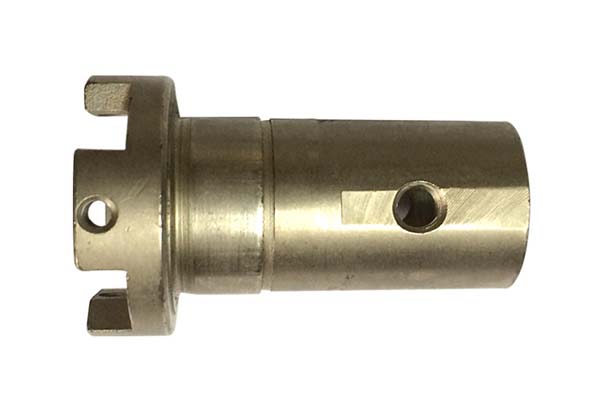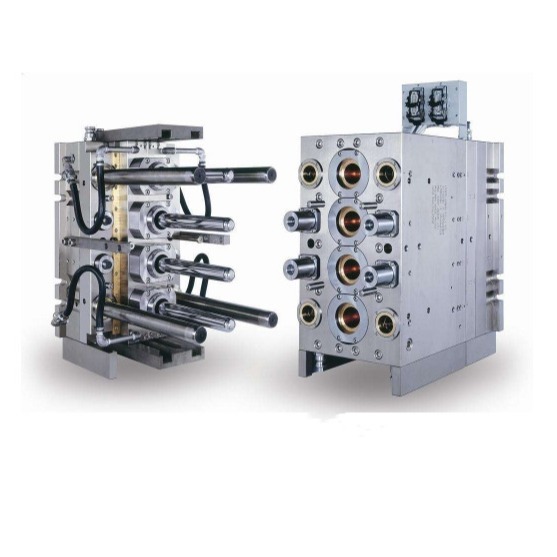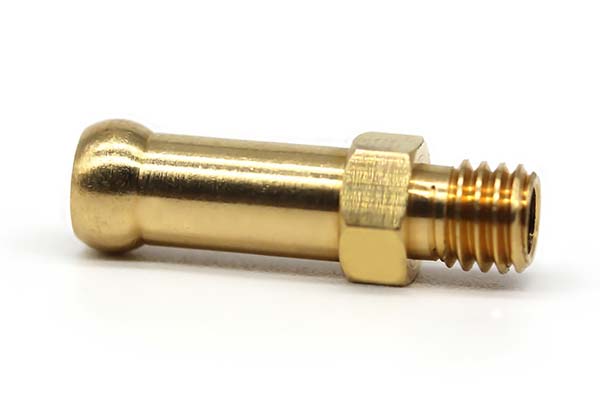Imagine a manufacturer spending hours machining a batch of acrylic parts, only to find that the material cracked under the cutting forces—wasting time and money. Or an aerospace engineer selecting stainless steel for a component, unaware that its poor machinability would triple tooling costs. These scenarios highlight a critical truth: success in CNC cutting depends as much on the material as the machine. With so many options—from metals to plastics to composites—choosing the right material can be overwhelming. In this guide, we’ll break down the key factors in selecting CNC cutting materials, their properties, and how to match them to your application for optimal results.
CNC Cutting Materials Overview: The Foundation of Precision
CNC cutting is a versatile process, but its effectiveness hinges on understanding how different materials interact with tools and machines. At its core, this involves evaluating machinability—a material’s ability to be cut with ease, resulting in good surface finish and long tool life.
- Material Classification: CNC cutting materials fall into broad categories: metals, plastics, composites, wood, and foam. Each category has unique characteristics: metals offer strength but can be abrasive; plastics are lightweight but may melt under heat; composites combine properties but are often tough to machine.
- Process Compatibility: Not all materials work with every CNC process. For example, aluminum cuts well with milling and turning, while acrylic is ideal for laser cutting. A mismatch (like trying to plasma cut wood) can damage equipment or produce poor results.
- Industry Standards: Materials must meet standards like ASTM (for metals) or ISO (for plastics) to ensure consistency. A 6061 aluminum sheet, for instance, has strict composition guidelines that affect its machinability.
- Tool Selection: Material type dictates tools—carbide for hard metals, high-speed steel (HSS) for plastics. Using a carbide end mill on acrylic, for example, would cause excessive chipping due to the tool’s hardness.
A survey by the CNC Machining Association found that 40% of production errors stem from poor material-tool matching, underscoring the need for careful selection.
Common CNC Cutting Materials: Pros, Cons, and Machining Tips
Understanding the most widely used materials is key to making informed choices:
Metals
- Aluminum (6061, 7075): A favorite for its low density (2.7 g/cm³) and excellent machinability. 6061 aluminum cuts quickly with HSS tools, achieving Ra 1.6 μm surface finishes. It’s ideal for aerospace parts and consumer goods but lacks the strength of steel.
- Steel (1018, 4140): 1018 mild steel is easy to machine but has lower tensile strength (440 MPa), while 4140 alloy steel (tensile strength 1,000 MPa) offers durability but requires carbide tools. Steel is common in automotive and industrial parts.
- Stainless Steel (304, 316): Corrosion-resistant but tough to machine due to work hardening. Using coolant and slow feed rates (50–100 mm/min) prevents tool wear. 316 stainless is preferred for marine and medical applications.
- Titanium (Grade 5): Strong (tensile strength 900 MPa) and lightweight (4.5 g/cm³) but expensive and abrasive. Carbide tools with TiAlN coatings are a must, and cutting speeds are kept low (10–30 m/min) to avoid heat damage.
Plastics
- Acrylic (PMMA): Transparent and easy to laser cut, with a smooth edge finish. Milling acrylic requires sharp tools and high speeds (3,000 RPM) to prevent cracking. It’s used in displays and prototypes.
- Polycarbonate (PC): Impact-resistant (10× stronger than acrylic) but prone to melting. Coolant and moderate speeds (1,500–2,000 RPM) are critical. PC is ideal for safety glasses and machine guards.
- Nylon: Flexible and wear-resistant, with low friction. It’s often machined into gears and bushings. Nylon absorbs moisture, so drying before machining reduces dimensional variation.
- PEEK: High-performance plastic with heat resistance (up to 250°C) and biocompatibility. It’s expensive but indispensable for medical implants and aerospace components. Carbide tools are needed for milling PEEK.
Other Materials
- Composites (Carbon Fiber, Fiberglass): Strong and lightweight but abrasive. Diamond-coated tools are required, and dust extraction is critical for safety. Composites are used in aerospace and sports equipment.
- Wood and Foam: Easy to machine with HSS tools. Wood is used for furniture and prototypes, while foam (EPS, polyurethane) is cut into packaging and molds.
Material Properties for CNC Cutting: Key Characteristics to Consider
A material’s properties directly impact machining results and part performance:
- Hardness: Measured on the Rockwell scale, hardness affects tool selection. For example, 4140 steel (30–35 HRC) requires carbide tools, while aluminum (20–30 HRC) works with HSS.
- Tensile Strength: Indicates a material’s resistance to breaking under tension. Titanium’s high tensile strength makes it suitable for load-bearing parts, while low-strength plastics like polyethylene are used for non-structural components.
- Thermal Conductivity: Materials with high thermal conductivity (like copper, 401 W/m·K) dissipate heat quickly, reducing the risk of melting during machining. Plastics (low conductivity) need more coolant to prevent heat buildup.
- Chemical Resistance: Important for parts exposed to fluids. 316 stainless steel resists saltwater, while PEEK withstands harsh chemicals—making them ideal for marine and chemical processing applications.
- Density: Affects weight and fuel efficiency. Aluminum (2.7 g/cm³) is preferred over steel (7.8 g/cm³) in aerospace to reduce weight without sacrificing strength.
Material Selection Criteria: Matching Material to Application
Choosing the right material involves balancing multiple factors:
- Application Requirements: A medical device needs biocompatible materials (titanium, PEEK), while a automotive bracket prioritizes strength-to-cost ratio (steel, aluminum).
- Cost Considerations: Aluminum is cheaper than titanium, and acrylic costs less than polycarbonate. For prototypes, wood or foam may suffice, but production parts often require higher-performance materials.
- Tool Life: Abrasive materials like stainless steel reduce tool life by 50% compared to aluminum. Factoring in tool replacement costs can make a cheaper material more expensive in the long run.
- Surface Finish: High-gloss parts (like consumer electronics) need materials that machine smoothly, such as acrylic or 6061 aluminum. Rough finishes (e.g., industrial brackets) can use 1018 steel.
- Regulatory Compliance: Medical parts must meet ISO 10993, while food-contact components need FDA-approved materials (like 304 stainless steel or HDPE plastic).
Applications of CNC Cutting Materials: Industry-Specific Uses
Different industries rely on specific materials for their unique needs:
- Aerospace: Titanium and carbon fiber composites reduce weight in aircraft structures, while 316 stainless steel resists corrosion in jet engines.
- Automotive: 4140 steel is used for crankshafts, aluminum for cylinder heads (to reduce weight), and nylon for bushings (to reduce friction).
- Medical Devices: Titanium and PEEK are used for implants due to biocompatibility, while 316 stainless steel makes surgical instruments.
- Electronics: Copper (excellent electrical conductivity) is machined into connectors, while acrylic is used for display casings.
- Consumer Goods: Acrylic and polycarbonate make phone cases and eyewear, while wood is used for furniture components.
Yigu Technology’s Perspective: Expertise in CNC Cutting Materials
At Yigu Technology, we understand that selecting the right CNC cutting materials is as critical as the machining process itself. Our team evaluates your application’s requirements—from strength and cost to regulatory needs—to recommend optimal materials. Whether you need aluminum for lightweight parts, stainless steel for corrosion resistance, or PEEK for high-temperature applications, we pair materials with the right tools and processes to ensure precision and efficiency. With rigorous testing and quality control, we deliver CNC-cut components that meet your performance goals and budget.
FAQs
- What’s the most cost-effective material for CNC cutting?
Aluminum (6061) is often the best balance of cost and machinability for metal parts, while acrylic or wood are affordable for non-structural plastic/wooden components. For high volumes, steel (1018) offers durability at a moderate cost.
- Can composite materials be CNC cut?
Yes, but composites (e.g., carbon fiber) require diamond-coated tools and slow feed rates due to their abrasiveness. Proper dust extraction is also essential to protect equipment and workers.
- How does material thickness affect CNC cutting?
Thicker materials require more powerful machines and slower feed rates. For example, cutting a 10 mm aluminum sheet can use faster speeds (1,000 mm/min) than a 50 mm steel plate (100–200 mm/min) to prevent tool overload.
